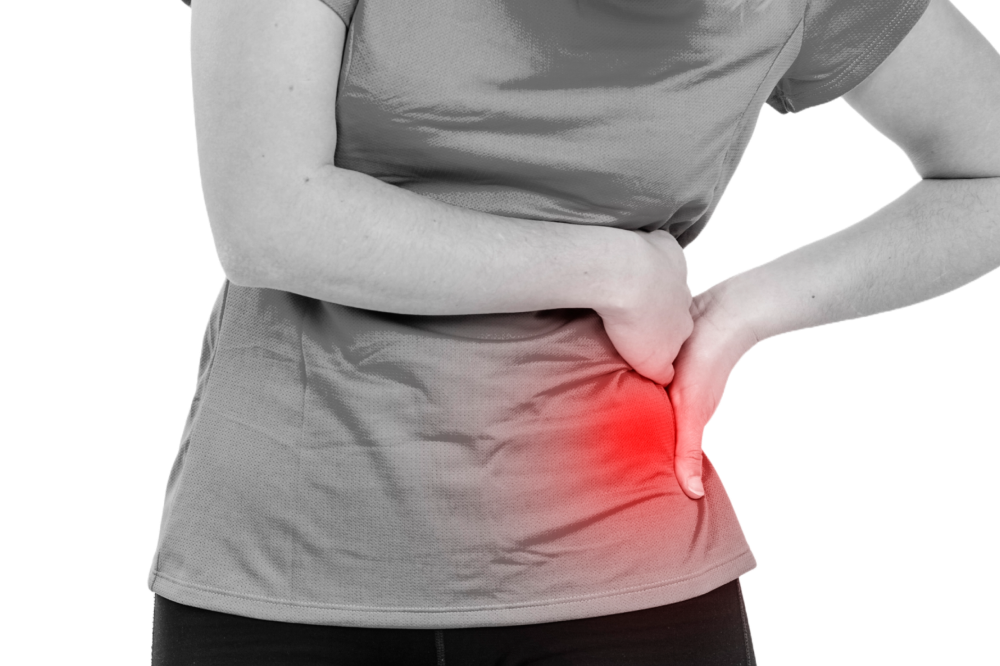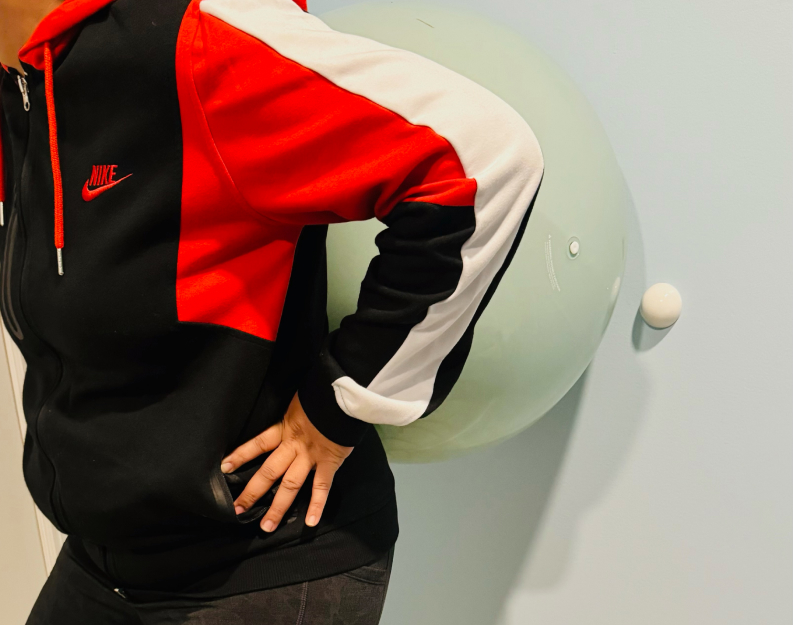Hip Pain
Hip Pain
Mobility & Beyond


Hip pain is pain or discomfort you feel in or around your hip joint.
A joint is a place in your body where two bones
meet. Your hip joint is where your thigh bone (femur) connects to your pelvis. Your hip joint is one of the largest joints
in your body, and you use it constantly to move, support your weight and maintain your balance. Hip pain can range from a
temporary, short-term annoyance to a bigger issue that needs treatment from a healthcare provider. Where you feel the pain
depends on which part of your hip joint is damaged, you might feel hip pain
Hip pain can sometimes be caused by diseases
and conditions in other areas of your body, such as your lower back. This type of pain is called referred pain.

Physical therapy exercises for hip pain are very effective. Exercises may include movements to improve flexibility,
strength, and balance.
Hip pain often results in tightness in the muscles or capsule around the joint. Tightness in the structures around your
hip may pinch on muscles, ligaments, or the joint capsule itself, leading to pain. Pinching or compressing nerves near
your hip may also cause pain.
Physical therapy stretches for hip pain can help improve the mobility around your joint. This can take pressure off of
muscles, ligaments, or nerves, leading to a decrease or elimination of your pain.
Stretching may also ease hip pain by allowing your hip joint to move fully, improving your functional mobility, and
decreasing compensatory motions that may be a secondary cause of your pain.
Hip pain may cause a decrease in muscle activation around your hip. Why? Because pain signals your brain to shut things down a bit so it can assess the damage and allow for some healing to take place. Sometimes, getting muscles started back up again is a challenge, and resistance hip exercises are necessary to do.
Strengthening exercises for your hip can help provide the right amount of support around the joint. This can take pressure off ligaments and nerves, decreasing your hip pain. Improving muscle activation around the joint can also improve your overall functional mobility, allowing you to walk or run freely without pain.
Copyright © | 2023 | Island Mobility Physical Therapy | All Rights Received.